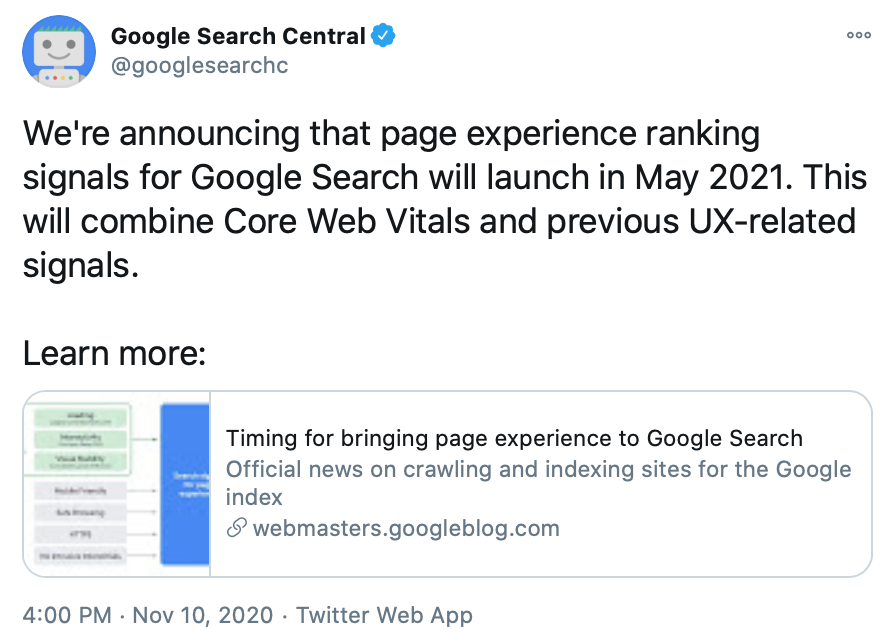Creating a plan to rank in voice search
Hello! And thanks for listening to SEO tips today.
In previous episodes, we talked about knowing the source of the answers is key to rank in voice search, and the vast majority of answers provided come from either Bing or Google search engines. Today we are going to talk about what it takes to rank once you’ve determined that your audience and query are being provided voice answers from Google’s ecosystem (keep in mind that with Alexa’s reliance on Bing, 41% of the time information based voice answers are pulled from that ecosystem instead).
Google voice ranking:
To be found in Google search for an information-based voice query, the result will be reliant upon:
- The answer (URL, YouTube video, etc.) must be currently ranking #1 with a concise answer and a fast page speed (1.10 seconds). Most of the time this answer is often in the Featured Snippet slot. One-third of the times a Featured Snippet will be used as a voice search answer.
- Or your brand has a strong Knowledge Graph presence.
- Or you have Schema.org markup on your website that creates a Google action or custom Google Action that fulfills intent.
If it’s a query with commercial intent , you will need to have your product in Google’s product feed.
If it’s a local voice query, you need to claim and optimize your Google My Business listing.
How to creating a plan to rank for the Featured Snippet (if your query is info based)
To figure out if you’re already ranking in the Featured Snippet (or to track your progress), you would need an SEO Tool like GetStat, SEMRush, RankRanger, and/or Ahrefs.
If your ranking already on Google page one and want to shoot for that #1 slot, you need to ask yourself:
- Do I have enough EAT (Expertise, Authority, and Trust) to rank #1 for YMYL queries?
- Does my content answer the searcher’s intent?
- Does my content match the format Google is displaying?
- Are my pages loading fast enough? For this you can measure your page using tools like GtMetrix and Google Lighthouse.
Creating a plan to improve your brand’s Knowledge Graph presence.
Google and Bing’s Knowledge Graph are entity databases that are used in each algorithm. Getting your brand in the search engine’s Knowledge Graph involves ensuring that your brand and products are appropriately mentioned in databases that the search engine uses for the Knowledge Graph like Wikipedia, Wikidata, Google Scholar/Microsoft Academic, Google My Business/Bing Maps, Wikinews, LinkedIn, Glassdoor, Crunchbase, etc. as well as adding structured data to your pages that will help the search engine understand the entities associated with your brand.
When you add schema.org markup to your site, you’ll want to add links out (using sameas markup) to your Google database references.
Both search engines use schema.org markup, but Bing also uses plain HTML markup as a part of its process of understanding your site’s pages.
A note about editing Wikipedia...
I would recommend you DON’T try to edit Wikipedia pages. If you do, they will lock you out and revert your edits. I recommend working with a Wikipedia coach (I have one
Here are the ways you can support the SEO Tips podcast.
You can send me a donation at https://www.buymeacoffee.com/katherinewong. Any and all levels of donations are appreciated and will help offset the cost of producing the podcast. You should also subscribe to our newsletter so that you don't miss a future episode.

